Description
An Arch at Holy Island, Northumberland by John Varley printed on a T-Shirt
About the T-Shirt
Regular fit
Standard length, the fabric easily gives into movement
Casual wear
A classic, everyday option loved by our customers
Side-seamed
Constructed by sewing two parts together, creating a fitted look
The Unisex Staple T-Shirt feels soft and light with just the right amount of stretch. It’s comfortable and flattering for all. We can’t compliment this shirt enough–it’s one of our crowd favorites, and it’s sure to be your next favorite too!
- Solid colors are 100% Airlume combed and ring-spun cotton
- Ash color is 99% combed and ring-spun cotton, 1% polyester
- Heather colors are 52% combed and ring-spun cotton, 48% polyester
- Athletic and Black Heather are 90% combed and ring-spun cotton, 10% polyester
- Heather Prism colors are 99% combed and ring-spun cotton, 1% polyester
- Fabric weight: 4.2 oz./yd.² (142 g/m²)
- Pre-shrunk fabric
- 30 singles
- Side-seamed construction
- Tear-away label
- Shoulder-to-shoulder taping
- Blank product sourced from Nicaragua, Mexico, Honduras, or the US
John Varley (1778-1842)
John Varley was an English watercolour painter and astrologer, and a close friend of William Blake. They collaborated in 1819–1820 on the book Visionary Heads, written by Varley and illustrated by Blake. He was the elder brother of a family of artists: Cornelius Varley, William Fleetwood Varley, and Elizabeth, who married the painter William Mulready.
John Varley was born at the Old Blue Post Tavern, Hackney, on 17 August 1778. His father, Richard Varley, born at Epworth in Lincolnshire, had settled in London after the death of his first wife in Yorkshire. His parents discouraged his leanings towards art, and placed him under a silversmith. But on their death he was for a brief time employed by a portrait painter in Holborn and then, at the age of 15 or 16, he became a pupil of Joseph Charles Barrow (fl. 1789–1802) who had an evening drawing school twice a week at 12 Furnival’s Inn Court, Holborn. It was Barrow who took Varley on a sketching tour to Peterborough from which he emerged as a professional painter. In 1798 he exhibited a highly regarded sketch of Peterborough Cathedral at the Royal Academy and became a regular exhibitor at the RA until the foundation of the Old Watercolour Society in 1805.
In 1799 he visited North Wales, and in its wild mountain scenery found the subjects best suited to his brush. He returned to the same district in 1800, and again in 1802, and the impressions then received powerfully influenced the whole course of his art.
As one of the founders of the OWS, Varley exhibited largely there over 700 drawings. He also became a highly successful drawing master with pupils including Copley Fielding, David Cox, John Linnell and William Turner (artist) of Oxford. Despite his success, his growing family meant he was constantly in financial difficulties, “since he was both a hopeless businessman and by temperament something of a Micawber”. (Mallalieu). Varley was particularly skilled at the laying of flat washes of watercolour which suited the placid, contemplative mood that he often sought to evoke.
Varley published A Treatise on the Principles of Landscape Drawing, 1816–21 and A Practical Treatise on the Art of Drawing in Perspective. He also wrote an astrological text (with illustrations) entitled A Treatise on Zodiacal Physiognomy in 1828.
He is buried at Kensal Green Cemetery.

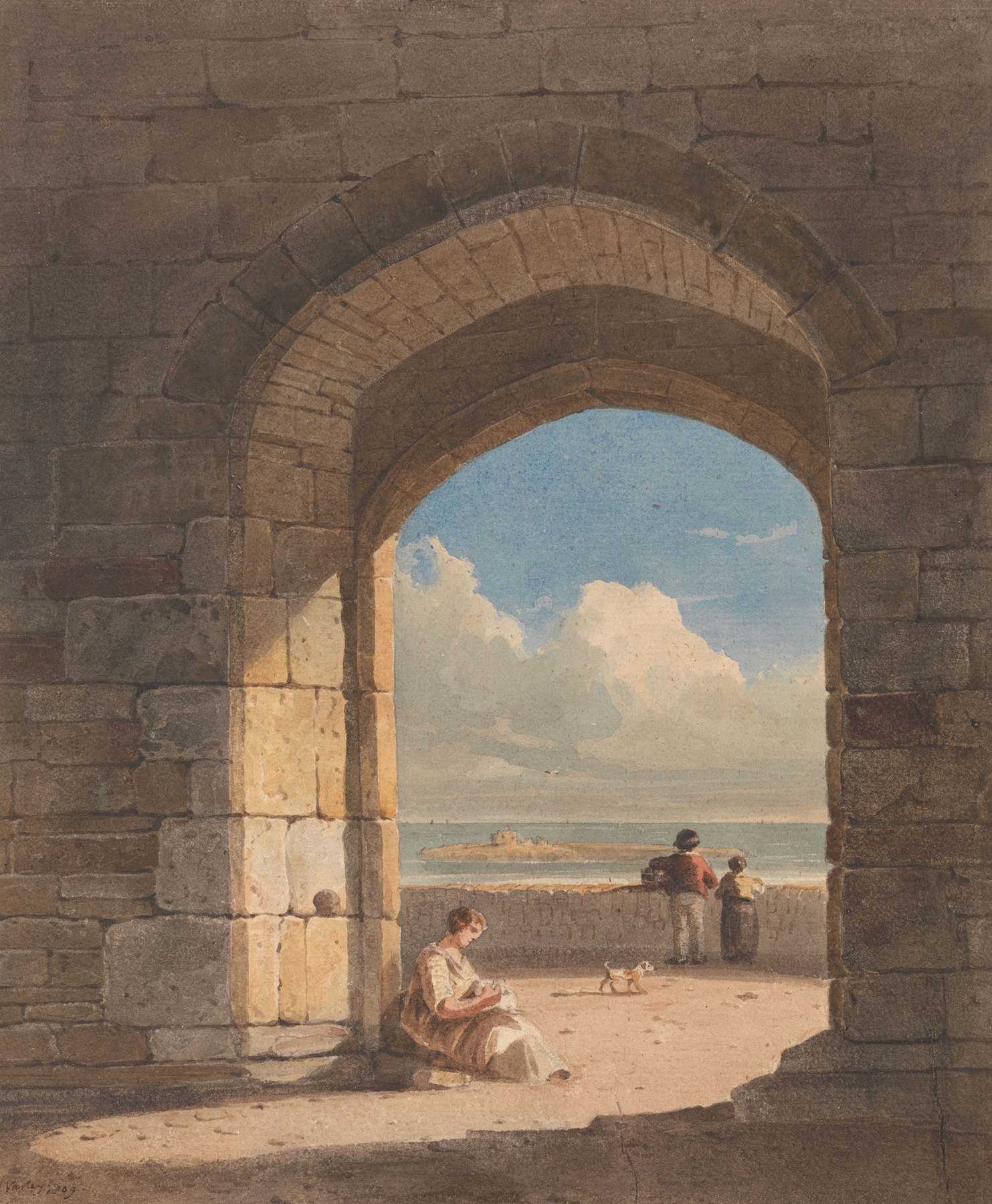
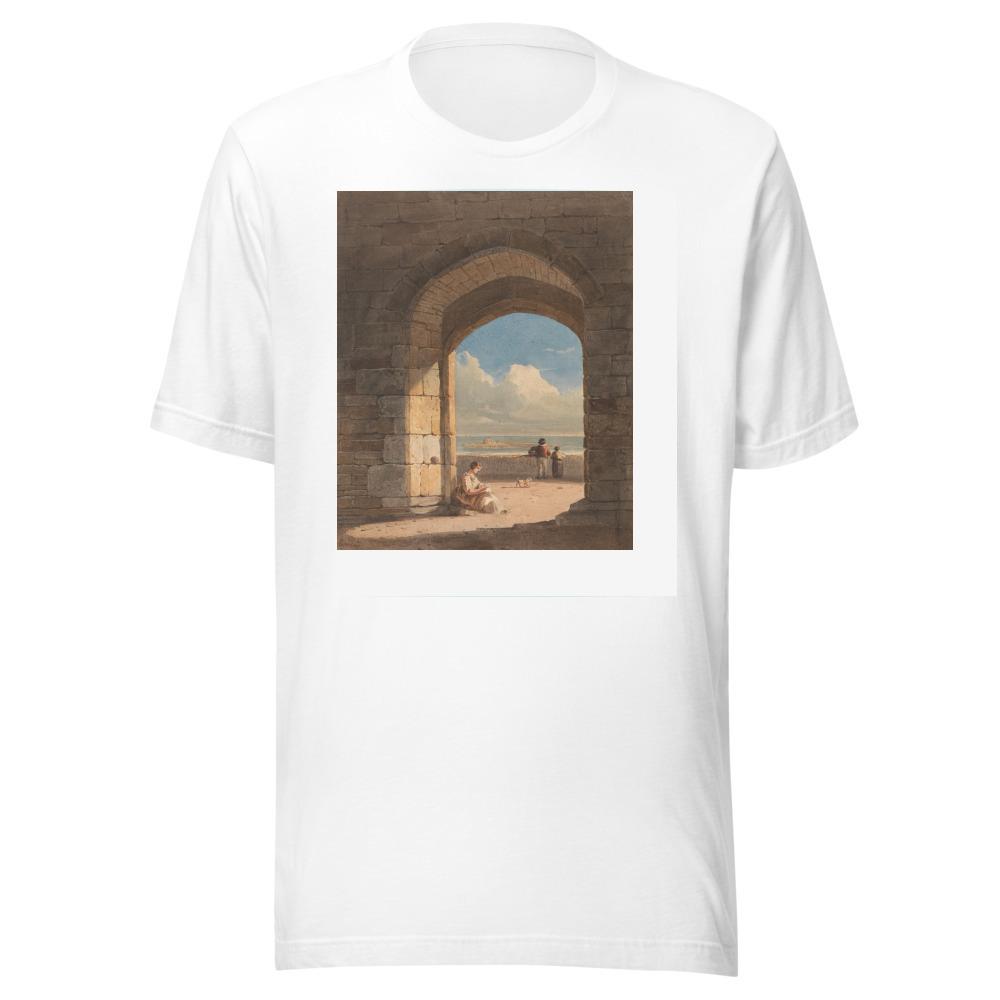
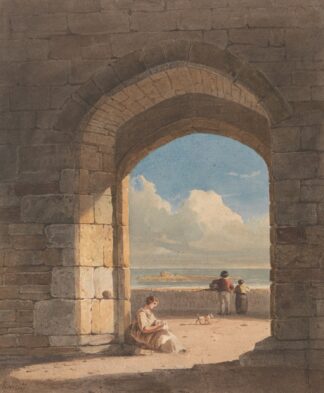
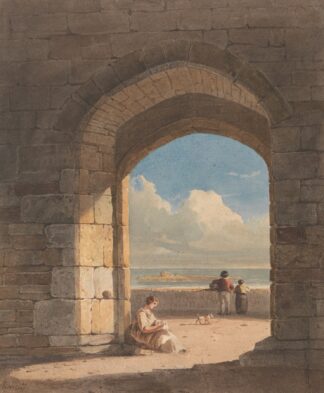
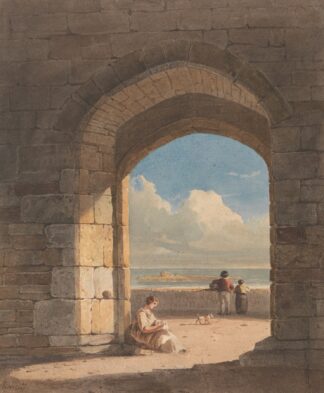
Reviews
There are no reviews yet.